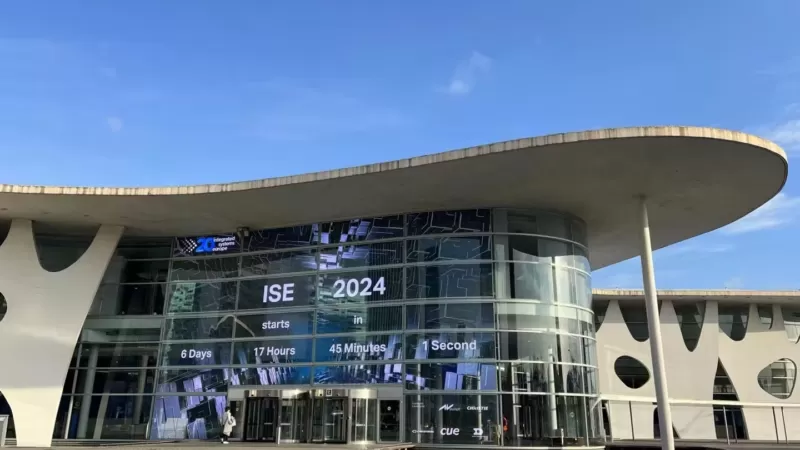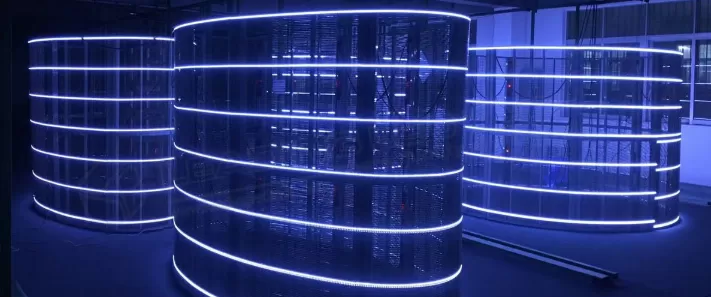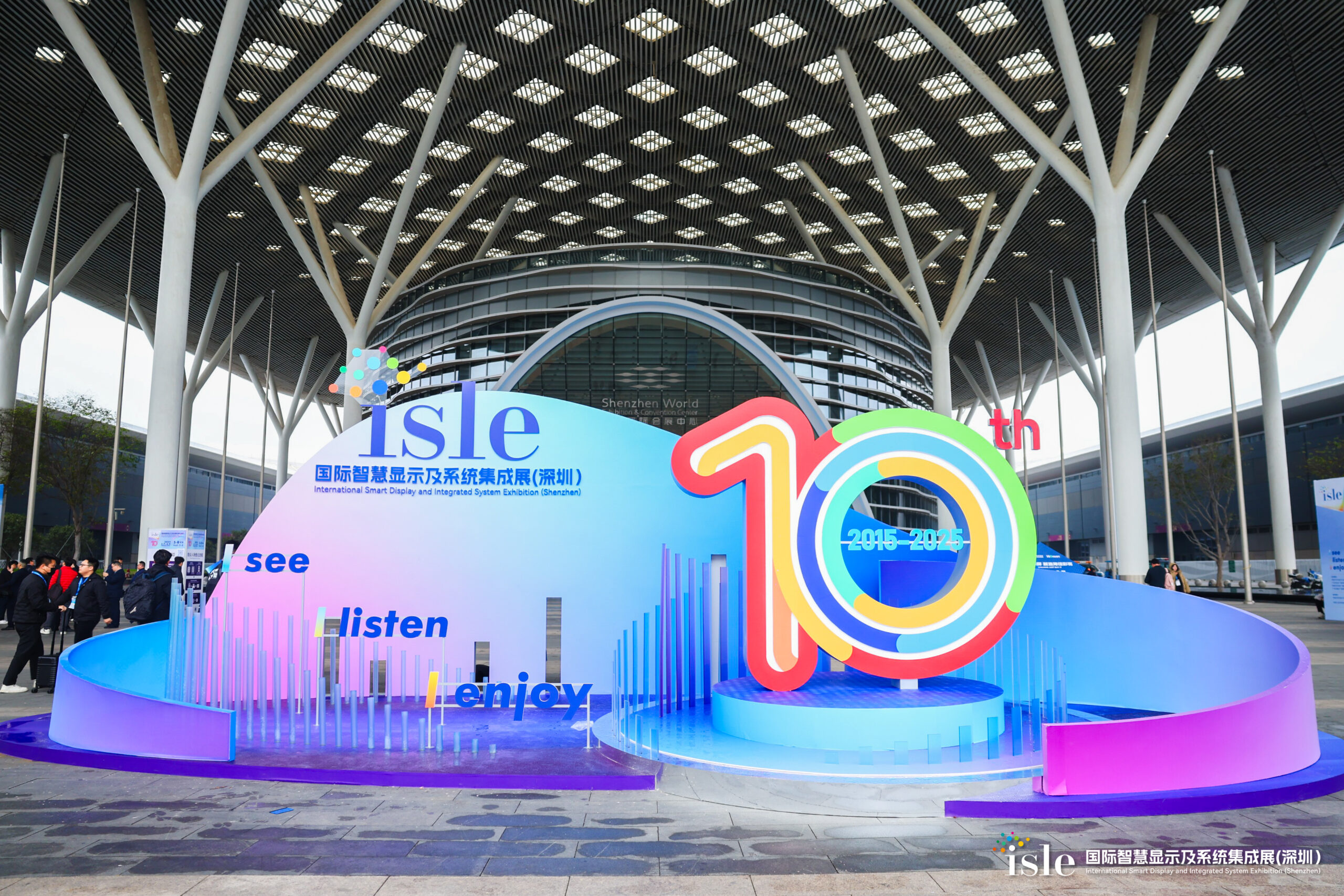
ISLE 2025 Successfully Concludes | MUXWAVE Holographic Invisible Screen Wraps Up on a High Note
2025-03-12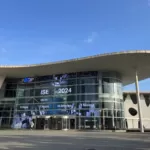
Cost Breakdown: How Much Does a Curved LED Display Really Cost in 2025?
2025-03-27The intersection of art and technology has never been more dynamic. In recent years, museums and art galleries have been embracing curved LED displays to elevate how they present exhibits, tell stories, and engage audiences. These immersive displays are helping institutions modernize while still preserving the integrity of classical art forms.
Blending Technology with Tradition
Curved LED displays allow museums to merge digital experiences with historical artifacts and fine art. By integrating these displays into the environment, curators can present multimedia content—such as historical context, artist interviews, or animated reenactments—without overshadowing the physical artwork. The curvature helps guide the viewer’s attention in a way that complements the natural flow of an exhibit.
Enhancing the Visitor Experience
Museum-goers expect more than just passive observation—they want interaction, immersion, and connection. Curved LED displays offer a visually engaging medium for storytelling, enabling exhibitions to become multi-sensory journeys. Whether it’s an immersive walkthrough of an ancient civilization or a 360° digital art installation, these displays add layers of depth to the experience.
Maximizing Space and Aesthetics
The design flexibility of curved LED screens allows museums to utilize architectural features such as columns, arches, and circular rooms more effectively. Rather than forcing flat panels into curved spaces, these displays align perfectly, maintaining the aesthetic integrity of the environment while optimizing visual impact.
Dynamic, Updateable Content
One of the most significant advantages of digital displays is their flexibility. Museums can easily update content for new exhibitions, rotating collections, or multilingual translations. This agility allows institutions to stay current, attract repeat visitors, and cater to diverse audiences with minimal physical restructuring.
Supporting Accessibility and Inclusion
Curved LED displays also enhance accessibility. Features like large-format text, subtitles, and sign language videos can be integrated seamlessly, helping make exhibitions more inclusive. With the ability to customize content delivery, museums can ensure that all visitors—regardless of ability or language—have an enriching experience.
Future-Proofing Cultural Institutions
As the demand for interactive and personalized experiences grows, museums and galleries are using curved LED technology to future-proof their spaces. These displays not only support digital storytelling but can also integrate with emerging tech like augmented reality (AR), virtual reality (VR), and AI-driven personalization.
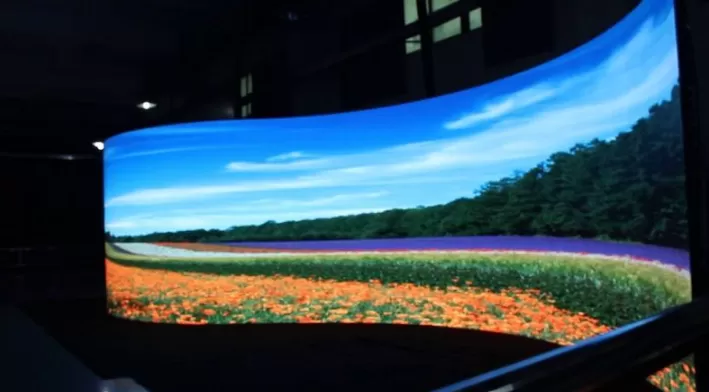
Final Thoughts
Curved LED displays are reshaping how museums and art galleries communicate with their audiences. They bring stories to life, enhance visitor engagement, and align with the evolving expectations of a tech-savvy public. By integrating these displays, cultural institutions can create unforgettable exhibitions that honor the past while embracing the future.
